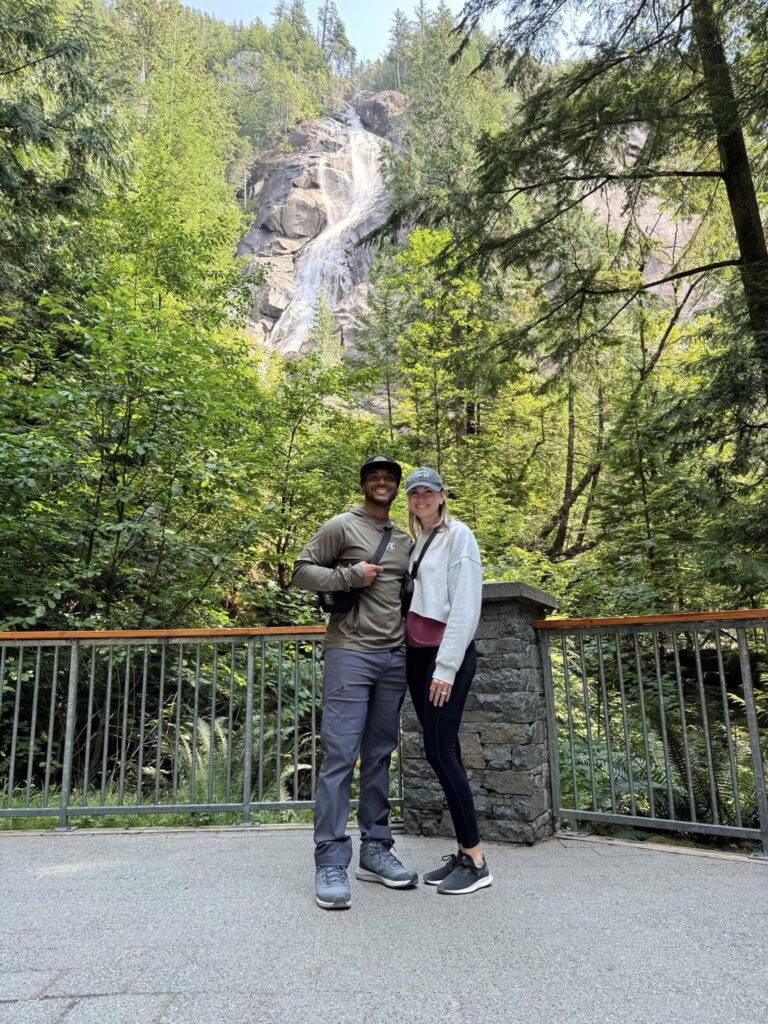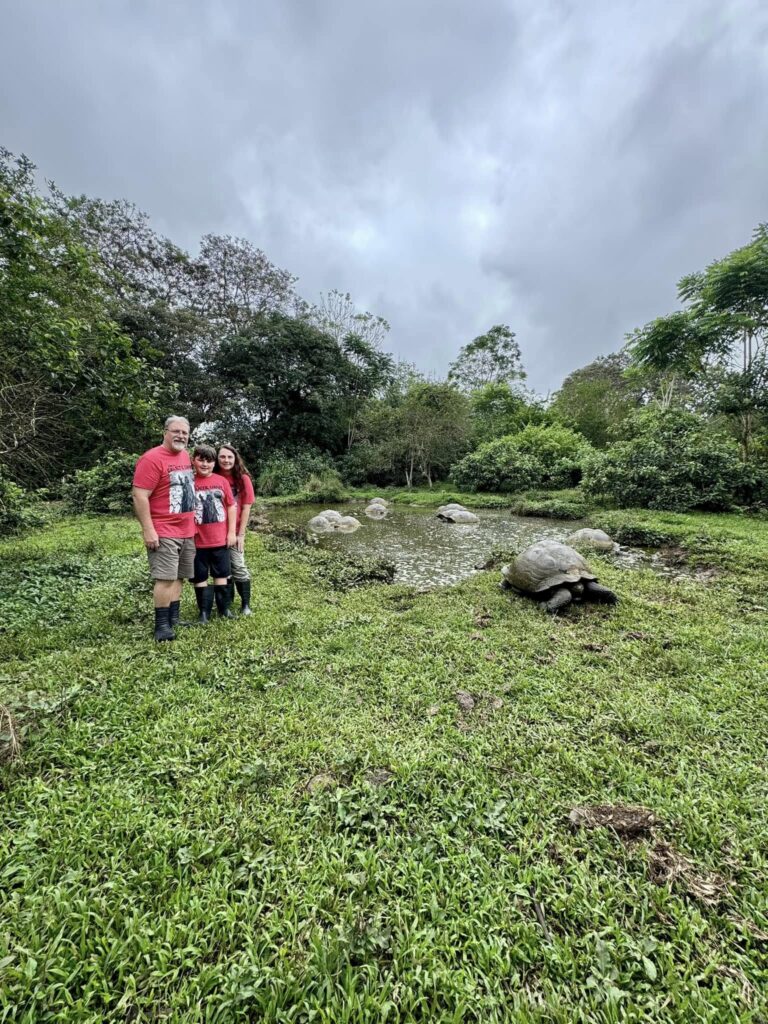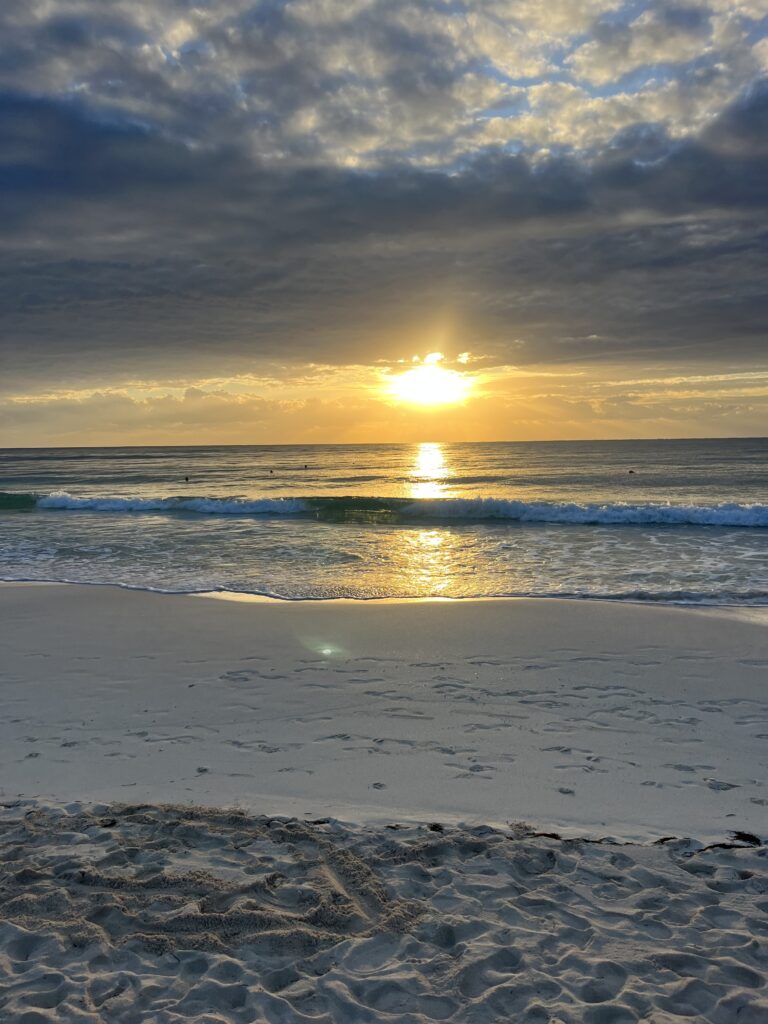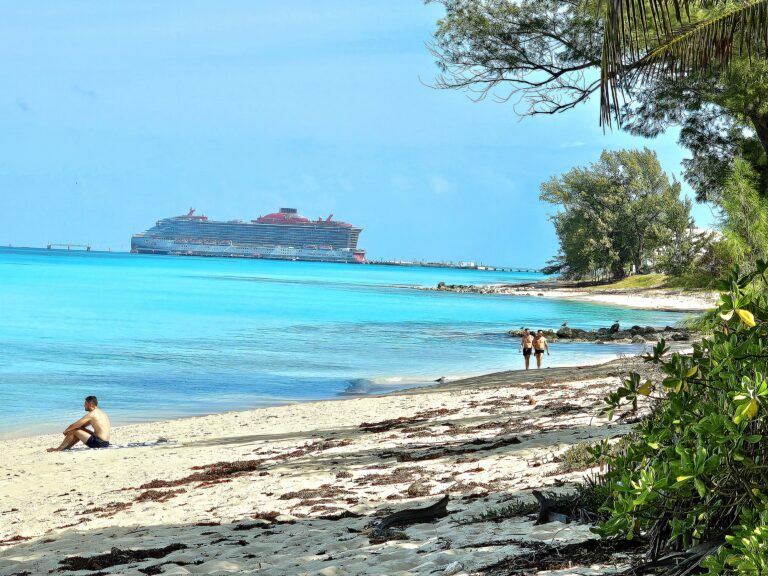We recognize that vacations are not just an investment, but often the highlights of our lives, and we take that responsibility seriously. We want to ensure you have the best vacation experience.
Interested in a job in travel? Click here to learn: How to Become a Travel Agent
Extending east from New York City, this large island stretches out parallel to the Connecticut coast. Largely residential, Long Island also has plenty of vacation spots. Once you leave the urban bustle of New York, you head through densely populated suburbs, pass the grand manors of the Hamptons and end at the beautiful desolation of Montauk. It can be visited on a long day trip from New York City. Free Long Island, Ny Travel
Vacation Package Quote
Long Island, Ny Travel Travel Agents
Destination SpecialtiesAlaska,
Costa Rica,
Caribbean,
Bahamas,
Europe,
France,
Germany,
Italy,
Hawaii,
Maui,
Oahu,
Kauai,
United States,
Florida,
California,
Mexico,
Cancun,
Cabo San Lucas,
Riviera Maya,
Australia / NZ,
Tahiti View Profile
Love All Things Disney!
Destination SpecialtiesAlaska,
Costa Rica,
Caribbean,
Bahamas,
Puerto Rico,
Jamaica,
Africa,
Hawaii,
Oahu,
United States,
Florida,
California,
Mexico,
Riviera Maya,
Australia / NZ View Profile
If you have more than one day, try to see both the North and South shores, with stops at Fire Island National Seashore, the Hamptons and Montauk (on the South Shore), and at Stony Brook, Centerport and Oyster Bay (on the North Shore). The Hamptons (also known as a summer playground for wealthy New Yorkers) makes a good spot to spend the night.
The best way to explore the island is by car. If you don't have your own vehicle and you're starting from New York City, you can either go to one of the airports and rent a car or take the Long Island Railroad and rent a car at one of the stops along the way (be sure to call ahead—the major car rental agencies serve many of the stops but not all).
The first major attraction as you head east out of Queens is in Elmont, home of the famous Belmont Park Racetrack. If you're there May-late July or September to mid-October, you can see some excellent Thoroughbred racing and put a few dollars down on the ponies. It's more fun, though, doing Breakfast at Belmont—where you can watch these beautiful animals in their early-morning workouts. It takes place weekends and holidays May-September during race times.
The first beach you'll see on the train from Penn Station is Long Beach, and right after that is one of the most popular recreation areas on the East Coast: Jones Beach State Park. You'll find this 5-mi/8-km beach crowded and throbbing with the sound of music in summer, but as you reach the far edge, the mob does start to thin out. The Jones Beach concert amphitheater is directly on the ocean and hosts big-name entertainment acts (as well as some has-beens) during the summer.
Return to Long Island and continue east, where you'll enter the famed Hamptons. If you ever wanted to see how the other half vacations, these exclusive villages will show you. All along the coast, summer homes of the rich and famous line the shore: The most avant-garde specimens of high-priced residential architecture rub shoulders with enormous beach houses bearing names such as "Xanadune." If you don't have your own form of transportation, the Hampton Jitney, a luxury motor coach and limousine line, shuttles passengers between New York City and the Hamptons throughout the year.
The towns themselves are notable mainly for their old homes and inns and lots of interesting (and expensive) little shops and boutiques. Southampton does have the Parrish Art Museum, however, and East Hampton has the Clinton Academy (with Early American furnishings) and the Home Sweet Home Museum (the saltbox home of John Howard Payne, who wrote the immortal poem "Be it ever so humble...").
One of the most interesting towns is Sag Harbor, a quaint and quiet waterside village partly in East Hampton and partly in Southampton. It was an important whaling center from 1775 until 1871 (it still looks much as it did in the 1870s). Be sure to visit the Sag Harbor Whaling Museum, where you enter the collections through the jawbones of a whale. While in the Hamptons, plan to stop at one of the wineries for a tour and tasting.
Farther out on Long Island, at the far eastern tip, you'll find Montauk Point, one of the most beautiful spots in the U.S. Waves crash against a rocky shore at the base of a steep cliff, where one of the nation's oldest lighthouses (built in 1795 by the order of George Washington) still stands.
For the return trip, ferry across to tranquil Shelter Island and across again to Greenport on the North Fork of Long Island. There are more wineries in this area. A number of them have produced excellent vintages, and most offer tours and tastings. Although these wines are popular among locals, don't expect them to taste like wines from the south of France or even from California.
Stony Brook (about halfway back to New York City) is home to a branch of the State University of New York and some excellent art and history museums. A little farther inland is Old Bethpage, a pre-Civil War living-history village that has restored buildings, costumed interpreters and crafts demonstrations. The Long Island Fair is held there each fall.
But the really interesting part of the North Shore is the famed Gold Coast, the place where many of New York's most affluent citizens could be found during the late 1800s and early 1900s. There are a number of estates and mansions open to visitors, one of the most notable being the Vanderbilt Museum—William K. Vanderbilt's mansion just outside Centerport. This heavily ornate palace in Spanish baroque is yet another testament to the power (and indiscriminate taste) of money. Huntington is the site of the Walt Whitman House, the farmhouse and boyhood home of the great poet.
At Oyster Bay, don't miss Sagamore Hill National Historic Site, Teddy Roosevelt's summer estate, which reflects all of his boisterous enthusiasm.
Just west of Oyster Bay is the lovely Planting Fields Arboretum, 409 acres/165 hectares of greenhouses, gardens and natural habitat (the camellia collection is particularly impressive—it's one of the oldest and largest ever grown under glass).
Finally, before returning to New York City, pay a visit to the Sands Point Preserve in Sands Point, a collection of turn-of-the-century buildings once owned by the Guggenheim family and now open to the public as a park and museum.









































